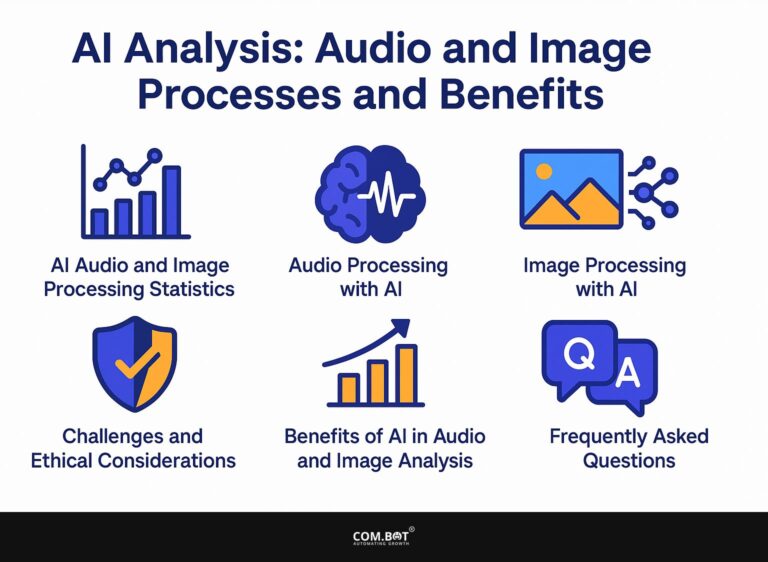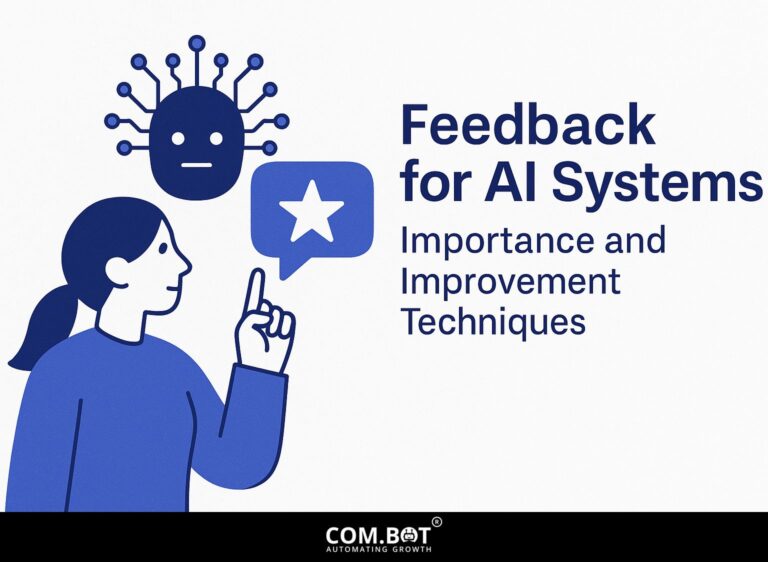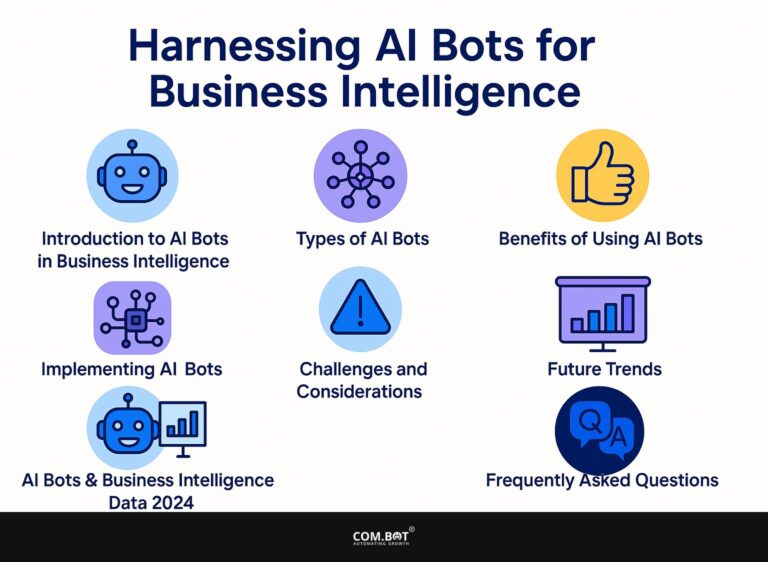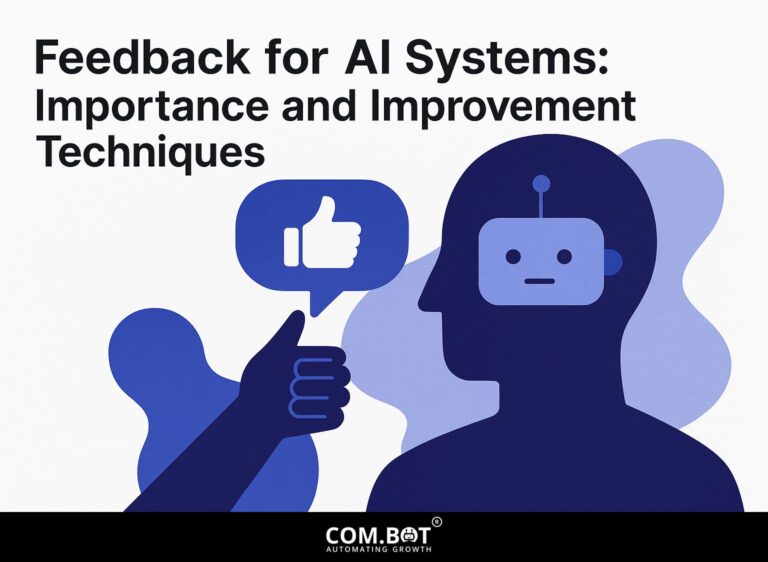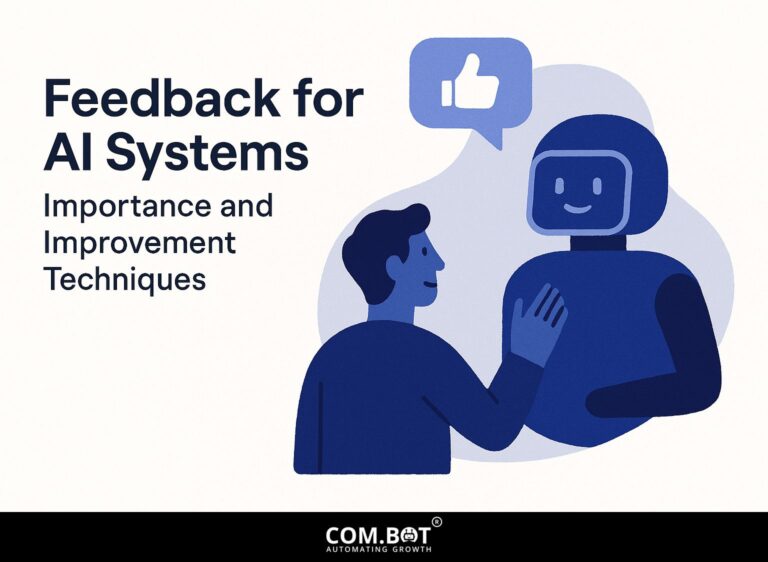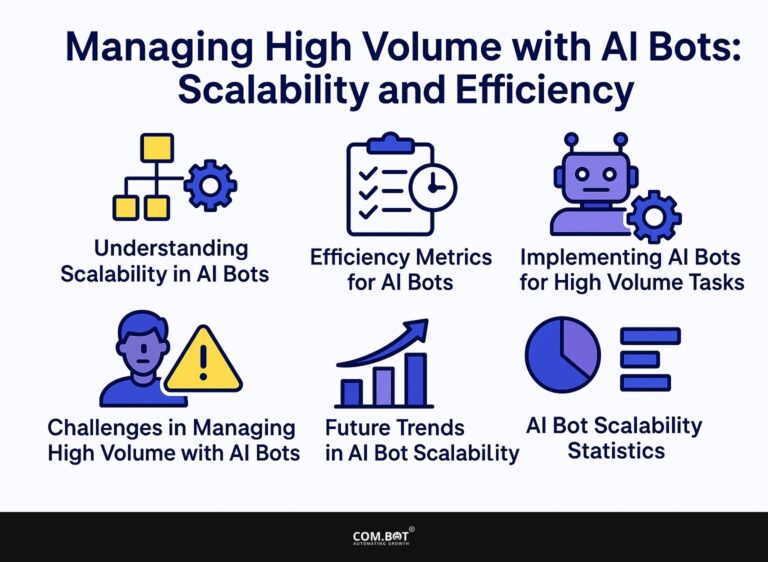Feedback for AI Systems: Importance and Improvement Techniques
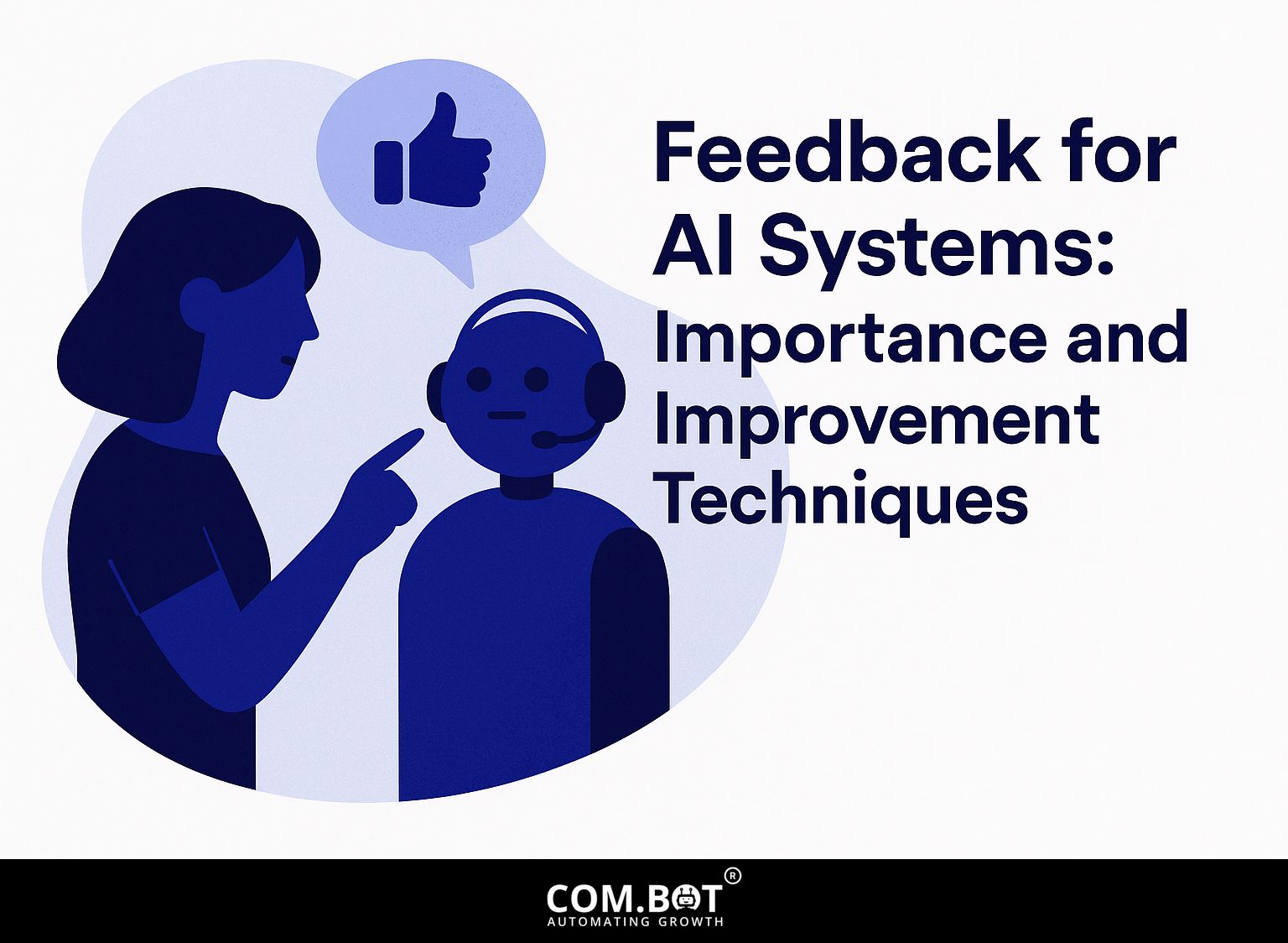
In the fast-changing field of artificial intelligence, successful AI tracking depends on strong feedback processes. Organizations using machine learning need to focus on feedback systems to improve performance and make sure they keep getting better. This article looks at how important feedback is for AI systems. It describes methods to improve how well models work and how users experience them. Learn how using effective feedback methods can improve the performance of AI technologies, bringing new ideas and success to your organization.
Key Takeaways:
- 1 Importance of Feedback for AI Systems
- 2 Types of Feedback Mechanisms
- 3 AI Feedback Mechanisms Data
- 4 Techniques for Collecting Feedback
- 5 Challenges in Implementing Feedback
- 6 ### Future Paths for AI Feedback Systems As AI feedback systems grow, they will cover more areas and improve in providing accurate information. Developers will focus on making these systems easier to use and more beneficial for users. AI feedback systems will likely work more closely with other technologies, offering more detailed and specific responses. This will improve the user experience and meet the needs of different industries. As these systems advance, privacy and data protection will remain a major concern. Developers will need to work on safeguarding user information while improving system efficiency. In short, the next steps for AI feedback systems involve increasing their accuracy, making them more user-friendly, and ensuring privacy. These developments will help these systems become a larger part of our daily lives.
- 7 Frequently Asked Questions
- 7.1 What role does feedback play in improving AI systems?
- 7.2 Why is feedback important in the development of AI systems?
- 7.3 How can feedback be collected for AI systems?
- 7.4 What are some techniques for improving AI systems based on feedback?
- 7.5 How does feedback help to address bias and ethical concerns in AI systems?
- 7.6 Why is it important to continuously gather feedback for AI systems?
Definition and Overview
Feedback systems in AI are organized methods that gather and study user reactions to improve performance measures.
These systems are important for improving AI applications like recommendation engines and chatbots.
For example, recommendation systems on platforms like Netflix use viewer ratings to change suggestions as needed. Similarly, a customer service chatbot analyzes user interactions to improve response accuracy over time.
Creating feedback systems means setting goals like user satisfaction scores, gathering information through surveys or usage records, and frequently checking this information to improve algorithms. Frequent updates improve the AI to better match user requirements, making it more helpful and engaging (explored further in our detailed guide on AI feedback improvement techniques).
Role of Feedback in AI Development
Feedback is essential in AI development, helping systems change and improve based on user interactions and performance data.
For instance, in reinforcement learning, an AI agent learns optimal behaviors through trial and error. Through receiving rewards or penalties, it improves its strategies gradually.
Metrics such as cumulative reward scores help track improvements. In practical applications like game AI, developers study player decisions to change difficulty levels in real-time, creating a more interesting experience.
Continuous user feedback helps make algorithms better for suggesting content, ensuring users get recommendations that fit their interests.
Importance of Feedback for AI Systems
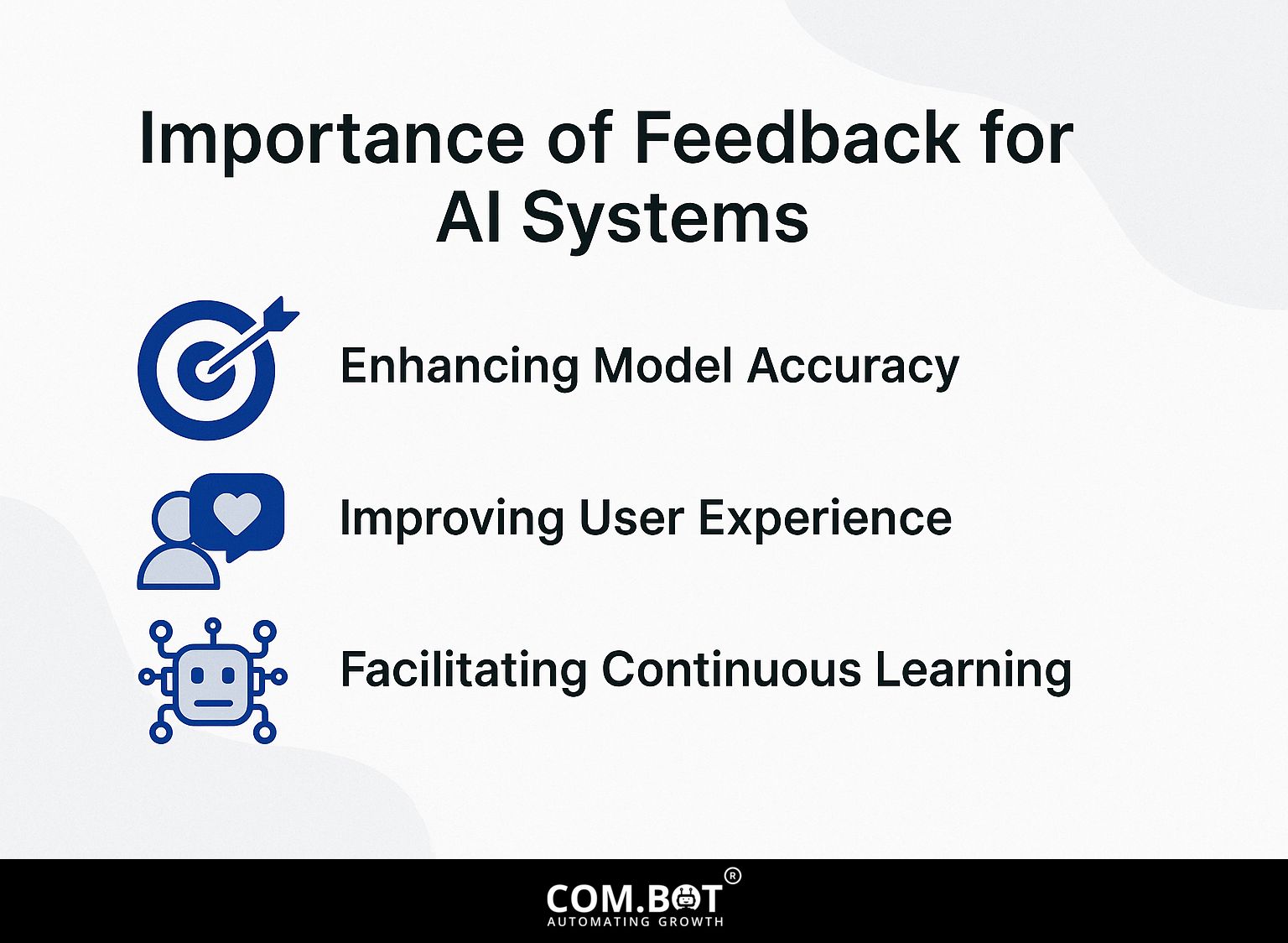
Feedback helps improve AI systems by affecting the accuracy of the models, user satisfaction, and the system’s capacity for ongoing learning. To delve deeper into how feedback mechanisms can enhance AI, our detailed guide on Feedback for AI Systems: Importance and Improvement Techniques explores various strategies and their impact.
Enhancing Model Accuracy
Adding user feedback can greatly increase model accuracy, often enhancing prediction accuracy by 20% or more in real-time applications.
AI systems in healthcare that examine patient information have greatly improved. By using feedback from doctors about diagnostic results, these models quickly update to match real-world data.
A clear example is IBM Watson, which improved its cancer treatment suggestions by using doctor feedback, resulting in a 30% rise in plan accuracy.
Tools like Google Cloud AutoML let developers include feedback loops easily, allowing for repeated improvements. Actively collecting and using information about users can lead to significant improvements in AI performance.
Improving User Experience
User satisfaction can go up by 30% when AI systems use feedback methods to improve user interactions.
For example, using customer support bots like Drift or Zendesk can give specific replies that improve based on user feedback. These tools collect data from user interactions, allowing for real-time adjustments to FAQs and suggestions.
Using a survey after an interaction can collect data on satisfaction. For example, asking ‘How helpful was this response?’ can provide useful information. With this feedback system, companies can improve their bots to meet customer requirements, resulting in better interactions and a significant rise in user happiness. In fact, enhancing these systems further can be guided by expert opinion on feedback for AI systems, which highlights the importance of continuous improvement techniques.
Facilitating Continuous Learning
Continuous learning in AI is supported by feedback, enabling systems to adjust their training datasets for improved performance later on.
Reinforcement learning exemplifies this through trial-and-error methodologies, where decisions are improved based on the rewards received.
In gaming, for example, AlphaGo kept improving its strategies by playing millions of matches, beating human champions. Self-driving cars use data from sensors and real-time responses to decide how to drive, focusing on accuracy and safety to make their programs better over time.
This repeated process improves performance and helps these AI systems handle new and unexpected challenges well.
Types of Feedback Mechanisms
Various approaches are used to give feedback in AI systems, ranging from those that involve people to fully machine-driven methods. To truly understand the significance of these methods, exploring the importance and improvement techniques of AI feedback can offer valuable insights.
AI Feedback Mechanisms Data
AI Feedback Mechanisms Data
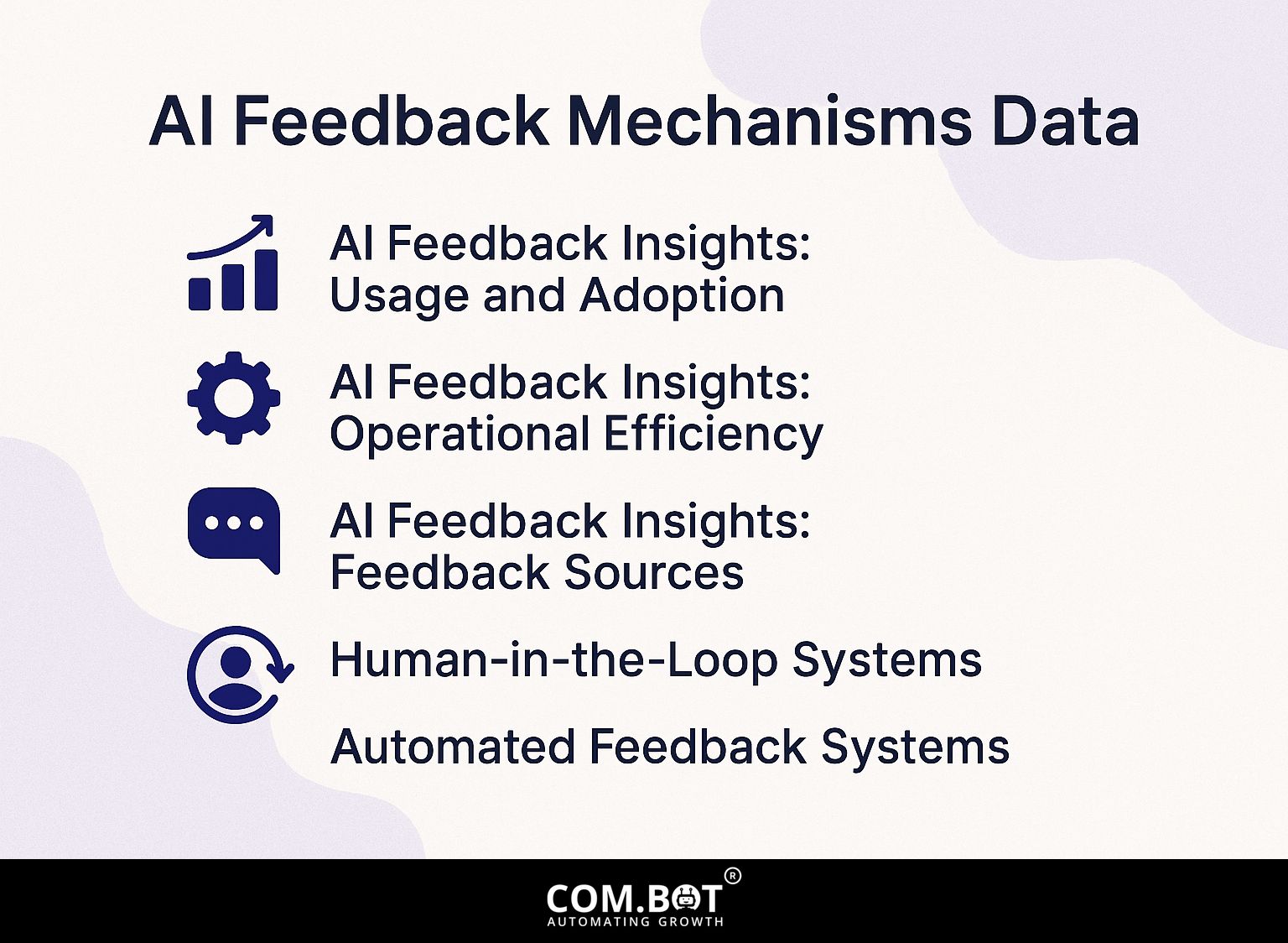
AI Feedback Overview: How People Use and Accept AI
AI Feedback Information: Making Processes Smoother
AI Feedback Insights: Feedback Sources
The AI Feedback Mechanisms Data gives important information about how businesses use and are affected by AI-based feedback systems. These data points show how artificial intelligence improves different parts of business activities, such as making customers happier and running operations more smoothly.
AI Feedback Insights reveal that 29% of businesses are utilizing AI feedback loops. This change shows an increasing movement towards using technology to improve how businesses talk to customers and change services by using live data. The use of AI feedback mechanisms has resulted in an 18% increase in customer satisfaction, showing how well AI can grasp and fulfill customer requirements accurately.
- Operational Efficiency: AI feedback loops contribute significantly to operational efficiency by reducing manual analysis efforts by 45%. This reduction enables businesses to allocate resources more effectively, focusing on strategic initiatives rather than routine data processing. AI has made models more accurate by 25% This leads to better predictions and knowledge, resulting in improved decisions and more efficient processes.
AI can quickly and precisely examine large datasets, showing its effectiveness in this area. Feedback Sources, where sentiment analysis has achieved an 80% accuracy rate, and emotion detection accuracy stands at 75%. These measurements demonstrate AI’s ability to grasp complex human emotions, providing companies with more detailed data on customer thoughts and preferences.
The data shows that AI feedback systems can greatly improve customer relationships and business results. With these technologies, businesses can improve customer satisfaction, increase efficiency, and make more informed strategic choices. As AI technology develops, it will increasingly help with feedback and promote business growth.
Human-in-the-Loop Systems
Human-in-the-loop systems include human feedback straight into AI processes, improving the accuracy and relevance of results.
In healthcare, this approach is exemplified by systems where radiologists validate AI-generated diagnoses. For instance, when an AI algorithm detects anomalies in scans, it presents these findings to a human expert, who then confirms or refutes them.
The AI uses these validations to make better predictions next time. Metrics such as increased diagnostic accuracy or reduced false positives often gauge effectiveness. Research might reveal that when people review the results, diagnostic accuracy improves from 85% to 95%.
Using human knowledge brings clear advantages in important areas such as healthcare.
Automated Feedback Systems
Automated feedback systems use algorithms to review performance data and provide instant feedback without requiring human involvement.
These systems frequently employ AI-driven monitoring software, such as IBM Watson or Google Cloud AI, to detect anomalies and trends in data.
Industries such as finance use these tools to watch trading trends and identify possible fraud, while online shopping companies use them to study customer actions to improve user experience.
For effective implementation, organizations should start by defining key performance indicators (KPIs) and integrating the automation tools into their existing data pipelines, allowing for seamless data flow and timely adjustments.
Techniques for Collecting Feedback
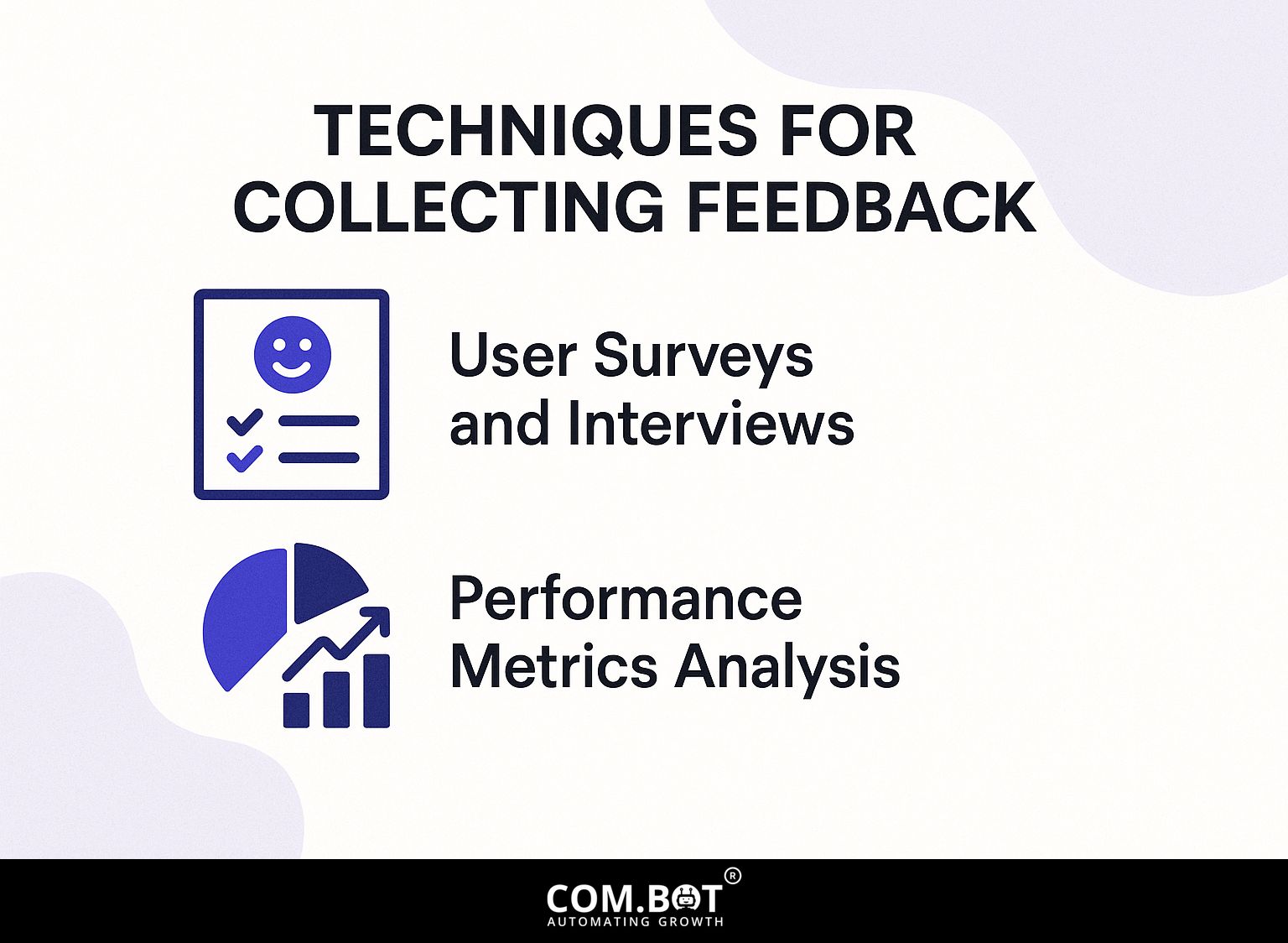
Different methods are used to gather feedback, each providing useful information that helps improve AI in different areas.
User Surveys and Interviews
User surveys and interviews are excellent for collecting detailed feedback, often revealing important information about how satisfied users are.
To create useful user surveys, use tools like SurveyMonkey or Google Forms.
Begin by asking questions that require more detailed answers, such as, ‘What features do you find most useful?’ This gives users a chance to provide feedback that is not limited to yes or no answers.
Aim for a response rate of at least 20%, so incentivize participation with discounts or entry into a prize draw.
Limit your survey to 15 questions or less to keep people engaged and prevent tiredness, which improves the feedback you receive.
Performance Metrics Analysis
Looking at performance measurements is important to understand how AI is performing. This allows teams to review outcomes and find areas for improvement.
Key performance metrics to track include:
- Prediction accuracy
- User engagement rates
- Model training time
Prediction accuracy can be monitored using confusion matrices, while tools like Tableau can help visualize user engagement through interactive dashboards.
For a thorough analysis, think about using tools like the Balanced Scorecard, which looks at different areas including financial and customer measures.
This method allows you to monitor numbers and link them with strategic objectives, resulting in smarter choices and better AI outcomes.
Challenges in Implementing Feedback
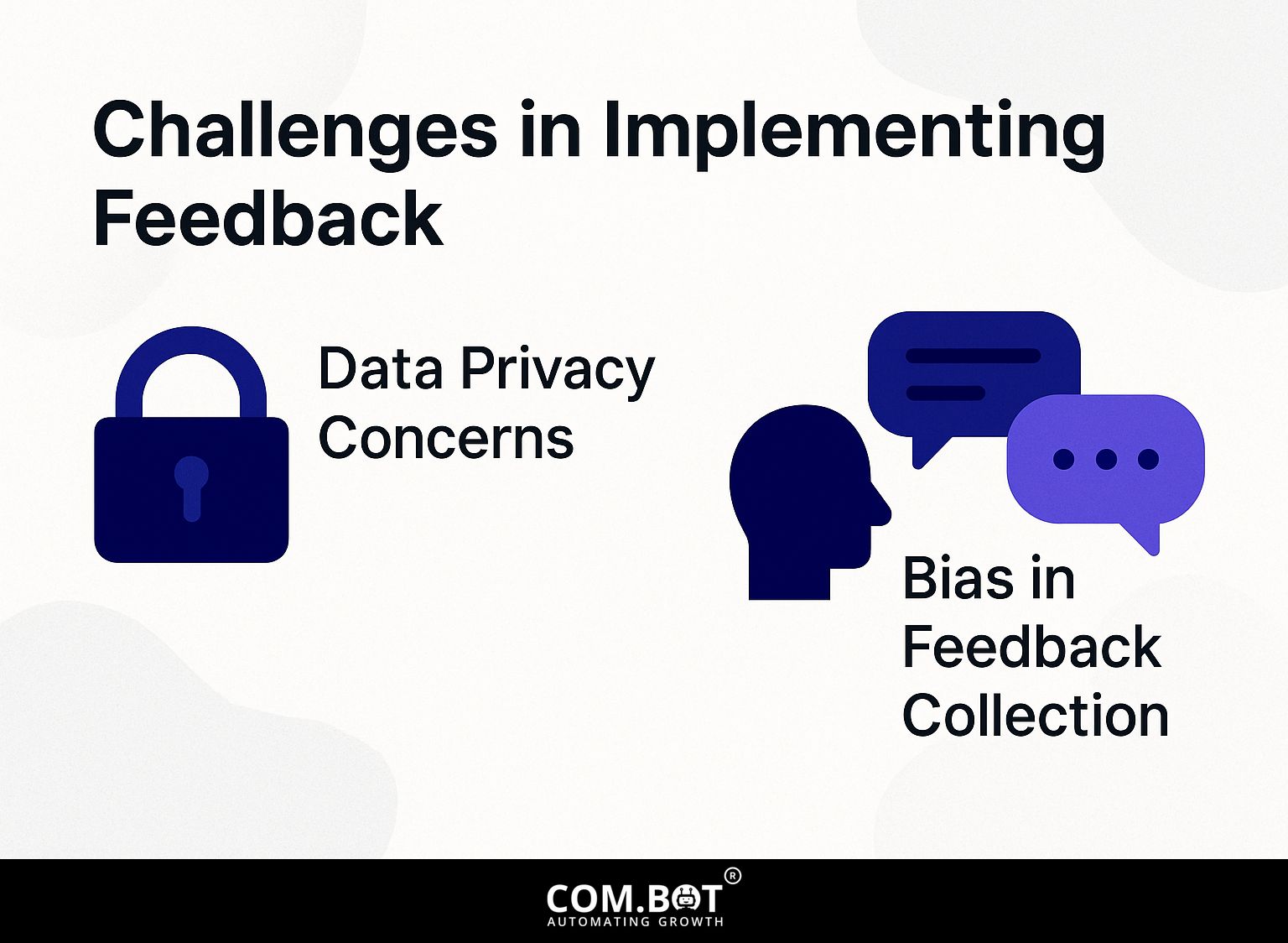
Putting feedback systems into AI comes with challenges that companies need to manage to maintain good performance. For those interested in exploring effective techniques to improve these systems, you might find our insights on feedback for AI systems valuable.
Data Privacy Concerns
Data privacy concerns are a significant hurdle for AI feedback systems, necessitating strict adherence to regulations like GDPR.
Not following the rules can result in serious fines. For example, Facebook received a $5 billion penalty for not properly handling personal data.
To handle these challenges, organizations should use strong data encryption and anonymization methods.
Regular checks of data procedures can help follow rules, while adding clear permission steps during user interactions builds trust.
Using platforms like OneTrust or TrustArc can simplify staying compliant, ensuring your feedback systems work well and follow the law.
Bias in Feedback Collection
Bias in feedback collection can skew AI training data, leading to ineffective or prejudiced models that do not serve diverse user needs.
To reduce these biases, organizations should increase data variety by including different demographic and geographical views.
For example, when gathering feedback, make sure to include voices from groups that are often left out by using focused surveys or reaching out to communities directly.
Implementing tools like Qualtrics or SurveyMonkey can help design inclusive feedback mechanisms.
Regularly analyzing feedback for patterns of bias allows teams to adjust their strategies.
Case studies, such as those from Google’s inclusive design initiatives, highlight how diverse input improved product relevance and reduced bias in outcomes.
### Future Paths for AI Feedback Systems As AI feedback systems grow, they will cover more areas and improve in providing accurate information. Developers will focus on making these systems easier to use and more beneficial for users. AI feedback systems will likely work more closely with other technologies, offering more detailed and specific responses. This will improve the user experience and meet the needs of different industries. As these systems advance, privacy and data protection will remain a major concern. Developers will need to work on safeguarding user information while improving system efficiency. In short, the next steps for AI feedback systems involve increasing their accuracy, making them more user-friendly, and ensuring privacy. These developments will help these systems become a larger part of our daily lives.
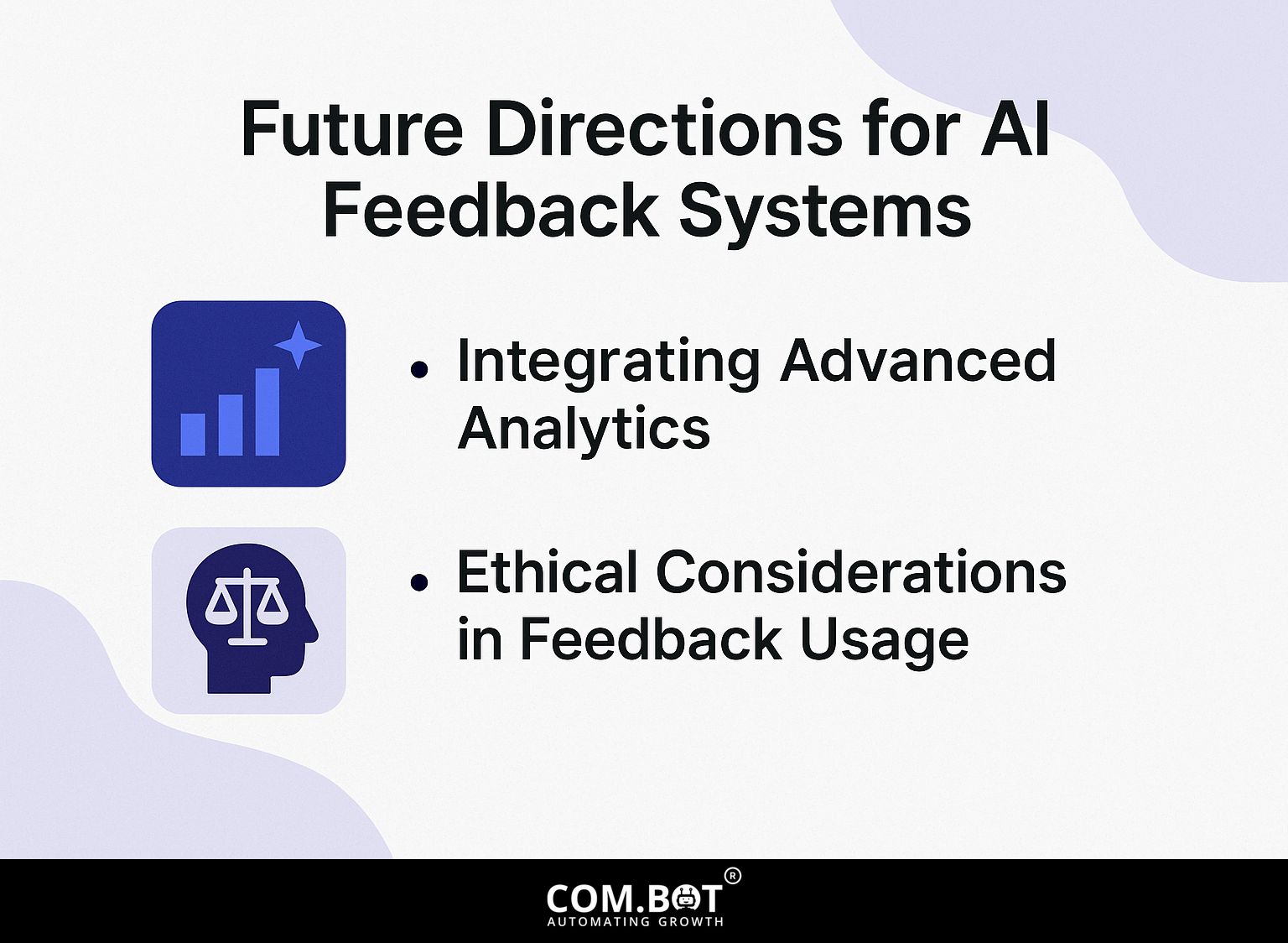
AI feedback systems are set to change with the use of better data analysis and more focus on ethical data practices.
Integrating Advanced Analytics
Using detailed analysis in AI feedback systems can greatly improve how well they adjust and react to what users need.
For example, companies like Netflix use IBM Watson Analytics to analyze viewer feedback and improve their content suggestions. By looking at how users interact, Netflix can spot patterns and improve its algorithms, resulting in more viewers watching content.
Similarly, retail giant Target employs predictive analytics to analyze customer reviews and purchasing habits, adjusting inventory accordingly.
Implementing tools like these involves establishing a clear feedback loop, where data input feeds directly into system adjustments-creating a responsive environment that evolves based on user preferences.
Ethical Considerations in Feedback Usage
Considering ethics is increasingly important as AI systems play a larger role in daily activities and choices.
Organizations should be clear and get user permission to set up ethical feedback systems. For example, explain clearly how you will use feedback by giving users direct information before gathering data.
Using tools such as Typeform or SurveyMonkey makes it easy to collect consent, and software like Data Anonymization Tool keeps user data private by removing identifying information.
Companies like Microsoft are showcasing ethical practices by openly sharing their feedback policies, thereby setting a standard in the industry. Adopting such approaches builds trust and fortifies user relationships.
Frequently Asked Questions
What role does feedback play in improving AI systems?
Feedback is important for making AI systems better because it helps them learn and change from the information they receive. Without feedback, AI systems would not be able to identify and correct their mistakes, leading to decreased performance and accuracy.
Why is feedback important in the development of AI systems?
Feedback plays a key role in developing AI systems because it improves the algorithms and methods, leading to better results. It helps with continuous learning and improvement, allowing the AI system to function more smoothly and productively.
How can feedback be collected for AI systems?
Feedback for AI systems can be collected through a variety of methods such as surveys, user testing, and data analysis. It is important to consider the type of feedback needed and the appropriate methods for collecting it in order to improve the AI system effectively.
What are some techniques for improving AI systems based on feedback?
Improving AI systems with feedback can be done by applying machine learning techniques, recognizing human language, and utilizing deep learning. These methods let the AI system keep learning and getting better, making it more accurate and effective.
How does feedback help to address bias and ethical concerns in AI systems?
Feedback is important for dealing with bias and moral issues in AI systems. By gathering different and broad feedback, developers can spot and fix any biases in the system and make sure ethical issues are considered in the development process.
Why is it important to continuously gather feedback for AI systems?
Regular feedback is important for AI systems because it helps them get better and adjust to the changing needs and preferences of users. This keeps the AI system useful and working well for its intended task.
